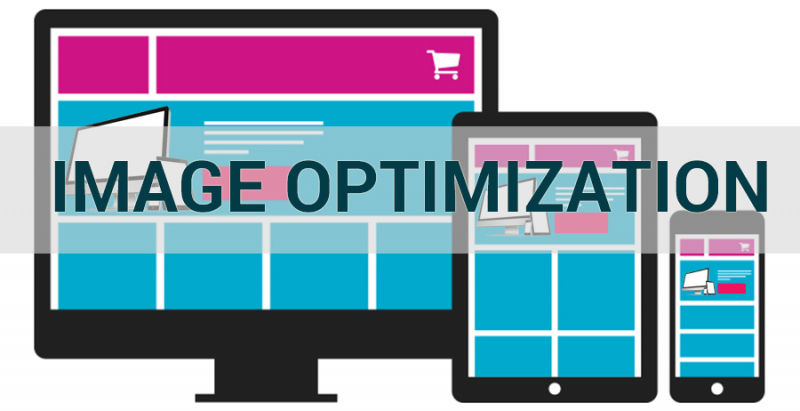“You can’t just open a website and expect people to flood in. If you want to succeed you have to create traffic.”-Joel Anderson, Walmart CEO
The eCommerce business model has matured during the last ten years, and it has become the de facto standard for retailers wanting to ply their trade online. However, it is important to note that this model cannot be allowed to stagnate. Even though the basics of eCommerce business model remain the same, its execution, as well as its application, need to remain fluid and open to change. In other words, the eCommerce model needs to adapt to the latest business practices, consumer demands, and the latest technological advances.

eCommerce: The business model
Furthermore, eCommerce cannot be viewed as an independent, insular model. It has to be considered as part of an overall business model with the end goal of selling products and services to the consumer.
By way of explanation, Investopedia defines eCommerce (or electronic commerce) as a “segment of a larger business model that enables a firm or individual to conduct business over an electronic network, typically the internet.”
eCommerce is usually found in the following four business categories: Business-to-Consumer (B2C), Business-to-Business (B2B), Consumer-to-Consumer (C2C), and Consumer-to-Business (C2B). Therefore, the individual methodologies that define these four business categories have had to evolve to include eCommerce.
eCommerce: The website
Because the primary driver of the eCommerce business model is the internet, the importance of a well-designed, well-optimised, website cannot be underestimated. If we consider a traditional brick and mortar retail store for a moment, one of the principal ways to attract customers into the retail outlet is the design of the shopfront.
If the shop has an inviting, attractive entrance, consumers will be drawn into the store. On the other hand, if a retailer’s shop front is unattractive, dirty, and dingy, there is very little chance that the passing trade will walk into the shop.
By the same token, an eCommerce website is a shop front or entrance to your online store. Thus, it is vital to follow eCommerce website design best practice as well as Search Engine Optimisation (SEO) best practice.
Image Optimisation best practice: Tips designed to improve SERP ranking
It goes without saying that images are a vital part of an eCommerce website. Simply stated, the consumer will decide whether to purchase the goods offered for sale based on the quality and attractiveness of the product in question’s image. Therefore, it is vital to make sure that the pictures on the eCommerce site are of superior quality and are optimised to rank in the top three-pack on the Search Engine Results Page (SERP) for image searches.
Here are several tips to ensure that the images on an online store are of the right quality and are optimised correctly:
Upload eye-catching images of each product
Photographic material is often the starting point for images that are uploaded onto the internet. Additionally, these pictures need to be improved and manipulated before they are ready to be uploaded to the eCommerce site. Therefore, it goes without saying that in order to ensure a quality image that showcases the product entirely, it’s vital to use professional image editing or desktop publishing software like InDesign.
Use appropriate keywords to name the images
In order to rank in the SERP’s top three-pack, part of the image-optimisation process is to name the images using descriptive, keyword-rich names. The fact of the matter is that search engines crawl the website’s text as well as searching for keywords in the picture file names loaded onto the site.
Make sure the alt tags are correctly populated
Alt tags are essentially a textual alternative to an image that does not display correctly when the website is rendered. They are also displayed when the user hovers over the image with his mouse pointer; thereby, making it clear what the image is about.
Furthermore, as Mark Hayes states, the alt tag can add SEO value to the online store. He notes that “adding appropriate alt tags to the [website] images… can help [the] website achieve better rankings [on the SERP) by associating keywords with images.”
Image file sizes
The modern consumer is impatient. Research shows that one in four internet users will abandon navigating to a website if it takes more than four seconds to load. Additionally, 40% of eCommerce shoppers will abandon a shopping cart if it takes longer to load. Amazon calculated that if one of their web pages takes one second longer to load than expected, it could cost the company $1.6 billion in sales annually.
Consequently, it is vital to make sure that the pictures loaded on an online store render quickly and efficiently. It is a toss-up between high-quality images which makes the product look good and increases the likelihood of a sale versus the web page load time.




